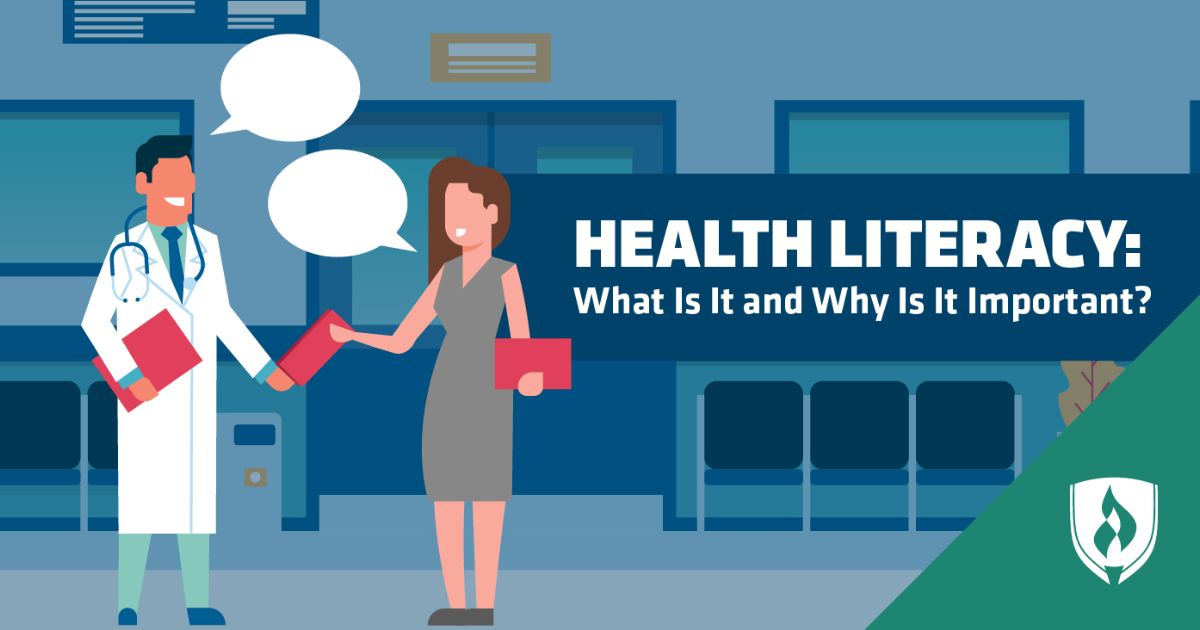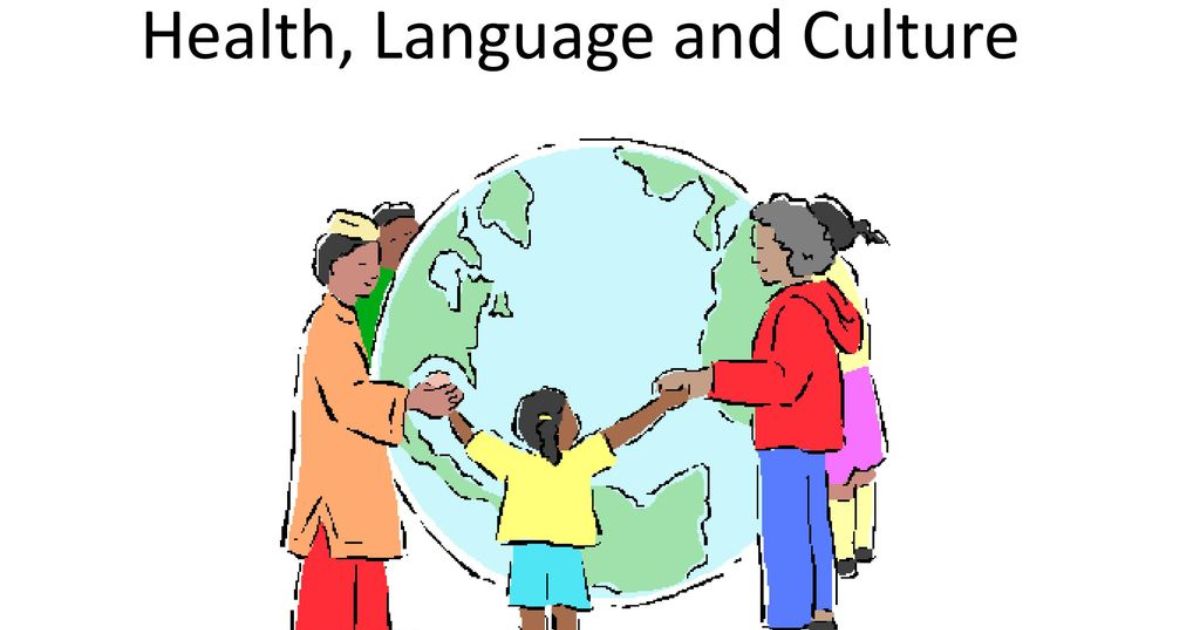Health literacy is crucial for individuals to make informed decisions and take control of their health. However, cultural differences can significantly impact a person’s ability to understand and utilize health information. This article explores the cultural difference most likely to affect health literacy. From language barriers to conflicting cultural beliefs, we delve into the challenges faced by individuals and healthcare providers. By understanding and addressing these differences, we can create a more inclusive and effective healthcare system that promotes health equity for all.
Key Takeaways
- Language barriers hinder effective healthcare communication and access to health literacy resources.
- Cultural norms and beliefs significantly influence health literacy.
- Globalization and migration create unique challenges in addressing health literacy needs.
- Clash between traditional and Western cultural beliefs impacts health literacy.
Language and Communication Barriers
Language barriers can significantly impact the effectiveness of healthcare communication and access to health literacy resources. When patients and healthcare providers do not share a common language, it can be challenging to convey important medical information accurately.
Misunderstandings may arise, leading to a lack of compliance with treatment plans or a delay in seeking necessary care. In such cases, professional interpreters or translators should be utilized to facilitate communication and ensure that patients fully comprehend their healthcare options.
Health literacy resources should be provided in multiple languages to cater to diverse populations. By addressing language barriers, healthcare providers can improve patient satisfaction, promote better health outcomes, and reduce disparities in healthcare access. Understanding the impact of language barriers is crucial in creating a more inclusive and culturally sensitive healthcare system.
Transitioning into the subsequent section about cultural norms and beliefs, it is important to recognize that cultural factors also play a significant role in health literacy.
Cultural Norms and Beliefs
Despite the diverse range of cultural norms and beliefs, they consistently influence health literacy and must be understood and addressed by healthcare providers. Cultural norms and beliefs play a significant role in shaping individuals’ attitudes and behaviors towards health and healthcare. By recognizing and respecting these cultural differences, healthcare providers can effectively communicate and provide appropriate care to diverse populations. Here are four ways in which cultural norms and beliefs impact health literacy:
- Health practices: Cultural beliefs may influence individuals’ health practices, such as dietary choices, traditional medicine, and preventive measures. Understanding these practices can help healthcare providers tailor their recommendations accordingly.
- Taboos and stigmas: Certain cultural beliefs may attach stigmas to certain health conditions or treatments, leading to hesitancy in seeking care or discussing sensitive topics. Sensitivity and non-judgmental approaches are essential in addressing these taboos and stigmas.
- Decision-making: Cultural norms may dictate decision-making processes within families or communities. Healthcare providers should involve family members or community leaders when appropriate to ensure informed decision-making.
-
“Language and communication: Cultural norms and beliefs influence language and communication styles. Healthcare providers must be aware of these differences and use appropriate language and communication methods to effectively convey health information. So, what can I do with a bachelors in health science?”
Globalization and Migration Challenges
With the increasing interconnectedness of the world, healthcare providers face unique challenges in addressing the health literacy needs of populations affected by globalization and migration. As people move across borders and settle in new countries, their health beliefs, practices, and access to healthcare may differ significantly from the host country’s norms. This creates a need for healthcare providers to understand and adapt to the cultural and linguistic diversity of their patients.
One of the key challenges in addressing health literacy in the context of globalization and migration is language barriers. Many migrants may not be proficient in the language of their host country, making it difficult for them to understand healthcare information and communicate their health concerns effectively. Additionally, cultural differences in health beliefs and practices can affect the uptake of healthcare services and the understanding of health information.
To illustrate these challenges, let’s consider a hypothetical scenario:
| Challenge | Impact | Potential Solutions | | ————- | ————- | ————- | | Language barriers | Limited understanding of healthcare information, difficulty in communicating health concerns | Providing language interpretation services, using visual aids and multilingual materials | | Cultural differences | Differing health beliefs and practices, reluctance to seek healthcare services | Culturally competent healthcare education and training, promoting cultural understanding and sensitivity |
Addressing the health literacy needs of populations affected by globalization and migration requires healthcare providers to adopt a holistic and culturally sensitive approach. By understanding the unique challenges faced by these populations and implementing appropriate strategies, healthcare providers can ensure that all individuals, regardless of their background, can access and understand essential health information.
Enduring Conflicts Between Traditional and Western Cultural Beliefs
One significant factor that can impact health literacy is the clash between traditional and Western cultural beliefs. This clash often manifests in enduring conflicts that can hinder individuals’ understanding and adoption of health information. Here are four ways in which these conflicts can affect health literacy:
- Language barriers: Traditional cultural beliefs may prioritize native languages, making it challenging for individuals to access health information provided in Western languages.
- Alternative healing practices: Traditional cultural beliefs often include alternative healing practices that may conflict with Western medical practices. This can lead to confusion and mistrust in Western healthcare systems.
- Beliefs about illness causation: Traditional cultural beliefs may attribute illness to factors such as supernatural forces or imbalances in the body, which can contradict Western biomedical explanations. This discrepancy can lead to misunderstandings and resistance towards Western medical advice.
- Attitudes towards authority: Traditional cultural beliefs may place a strong emphasis on respect for authority figures, including healthcare professionals. This can lead to a reluctance to question or seek clarification, which can hinder health literacy development.
Understanding and addressing these enduring conflicts is crucial for promoting health literacy and ensuring equitable access to healthcare for all individuals, regardless of their cultural background. By acknowledging and respecting the diversity of cultural beliefs, healthcare providers can foster a sense of belonging and empower individuals to make informed health decisions.
Providers and Individuals Communication
Many healthcare providers and individuals face challenges in effectively communicating due to cultural differences and language barriers. In healthcare settings, effective communication is crucial for accurate diagnosis, treatment adherence, and overall patient satisfaction.
Cultural differences can influence the way individuals perceive and interpret health information, leading to misunderstandings and potential healthcare disparities. Language barriers further compound the issue, making it difficult for providers to convey important information and for individuals to express their concerns and preferences. To address these challenges, healthcare providers must adopt a culturally sensitive approach to communication.
This includes being aware of cultural norms, beliefs, and practices that may impact health decisions, using interpreters or bilingual healthcare professionals to bridge the language gap, and employing effective communication strategies such as active listening and clear explanations. By fostering a culturally sensitive and inclusive environment, providers can enhance communication and promote better health outcomes for all individuals.
Community-Based Participatory Research (CBPR)
The utilization of community-based participatory research (CBPR) is a promising approach to understanding and addressing health disparities within diverse populations. CBPR involves collaboration between researchers and community members to identify and address health issues that are relevant and meaningful to the community. This approach recognizes the importance of involving the community in all stages of the research process, from problem identification to dissemination of findings. Here are four key benefits of CBPR:
- Increased community ownership and empowerment: CBPR empowers community members by involving them in decision-making processes and giving them a voice in shaping research priorities.
- Culturally appropriate interventions: CBPR ensures that interventions are tailored to the specific cultural, social, and environmental context of the community, thus increasing the chances of successful outcomes.
- Enhanced trust and credibility: CBPR builds trust between researchers and community members, fostering stronger relationships and increasing the likelihood of future collaborations.
- Sustainable solutions: By involving the community, CBPR promotes the development of sustainable solutions that can be maintained and supported by the community even after the research project has ended.
Innovative Opportunities for Health Literacy Improvement
Emerging technologies, such as mobile health applications and virtual reality, offer innovative opportunities for improving health literacy. These technologies have the potential to bridge the gap between healthcare providers and individuals with different cultural backgrounds, allowing for more effective communication and understanding.
Mobile health applications can provide easily accessible information in multiple languages, catering to diverse populations and addressing language barriers. Virtual reality can create immersive experiences that simulate real-life scenarios, helping individuals better understand and navigate complex healthcare systems.
Furthermore, these technologies can promote cultural sensitivity by incorporating culturally relevant content and providing personalized health education. By embracing these innovative opportunities, we can empower individuals from different cultural backgrounds to take control of their health, fostering a sense of belonging and inclusivity within the healthcare system.
Frequently Asked Questions
How Do Language and Communication Barriers Impact Health Literacy?
Language and communication barriers can significantly impact health literacy. Limited proficiency in the dominant language, unfamiliarity with medical terminology, and difficulty understanding healthcare instructions can hinder individuals’ ability to access and comprehend vital health information, potentially leading to adverse health outcomes.
What Are Some Cultural Norms and Beliefs That Can Affect Health Literacy?
Cultural differences in norms and beliefs can greatly impact health literacy. Factors such as religious beliefs, traditional healing practices, and cultural stigmas surrounding certain health conditions can affect individuals’ understanding and utilization of healthcare information and services.
How Does Globalization and Migration Present Challenges to Health Literacy?
Globalization and migration pose challenges to health literacy by introducing diverse cultural norms and beliefs. These differences can impact individuals’ understanding of healthcare information, access to resources, and communication with healthcare providers.
What Are Some Conflicts Between Traditional and Western Cultural Beliefs That Can Influence Health Literacy?
Conflicts between traditional and Western cultural beliefs can significantly impact health literacy. These differences may include varying beliefs about the causes of illness, treatment methods, and the role of spirituality in healthcare decision-making, leading to misunderstandings and barriers in accessing and utilizing healthcare services.
How Does Effective Communication Between Healthcare Providers and Individuals Contribute to Health Literacy?
Effective communication between healthcare providers and individuals plays a crucial role in promoting health literacy. By ensuring clear, culturally sensitive, and empathetic communication, healthcare providers can bridge the gap between different cultural beliefs and improve health outcomes for individuals from diverse backgrounds.
Conclusion
In conclusion, the impact of cultural differences on health literacy cannot be overstated. Language and communication barriers, cultural norms and beliefs, globalization and migration challenges, enduring conflicts between traditional and Western cultural beliefs, as well as provider and individual communication all play a significant role in shaping health literacy. Recognizing and addressing these differences in a knowledgeable, empathetic, and culturally sensitive manner is crucial for improving health literacy and ultimately, promoting better health outcomes for all individuals.







